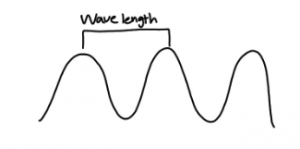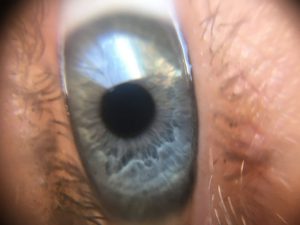Have you ever wondered how we see the light and the world around us? Depending on where you are in the world half of the day is most likely spent illuminated by the sun. Most life on earth is dependent on light or the ability to see. So what exactly is light?
To put it in the absolute simplest way possible, light is a form of electromagnetic radiation. Electromagnetic radiation exists in the form of waves and is measured by its wavelengths and classified by frequencies. Different wavelengths result in different forms of electromagnetic radiation.
 The spectrum of electromagnetic radiation from longest wavelength to shortest is Radio waves, Microwaves, Infrared, Ultraviolet, X-Rays, and Gamma Rays. Between Infrared and Ultraviolet frequencies exists the wavelengths of electromagnetic radiation that are visible to the human eye.
The spectrum of electromagnetic radiation from longest wavelength to shortest is Radio waves, Microwaves, Infrared, Ultraviolet, X-Rays, and Gamma Rays. Between Infrared and Ultraviolet frequencies exists the wavelengths of electromagnetic radiation that are visible to the human eye.

Out of all the different frequencies that exist, why did we adapt to seeing these frequencies? The most likely reason is that these frequencies are the most abundant ones produced by the sun that actually reach planet earth. Plants and animals simply grew to what they had available.

Because colors that we see are just different frequencies of ERM, does that mean that there are colors we can’t see? The answer is yes. Human beings only have three types of color receptors in our eyes. We have color receptors for reds and greens, blues and yellows, and black and white. Some animals have many more like the mantis shrimp. The mantis shrimp has a whopping 16 different color receptors. There’s no way to know what exactly the world would look like through the eyes of a mantis shrimp but it can be fun to imagine.
 Written by: Adam Robinson
Written by: Adam Robinson
For more information visit https://oceanservice.noaa.gov/facts/light_travel.html


